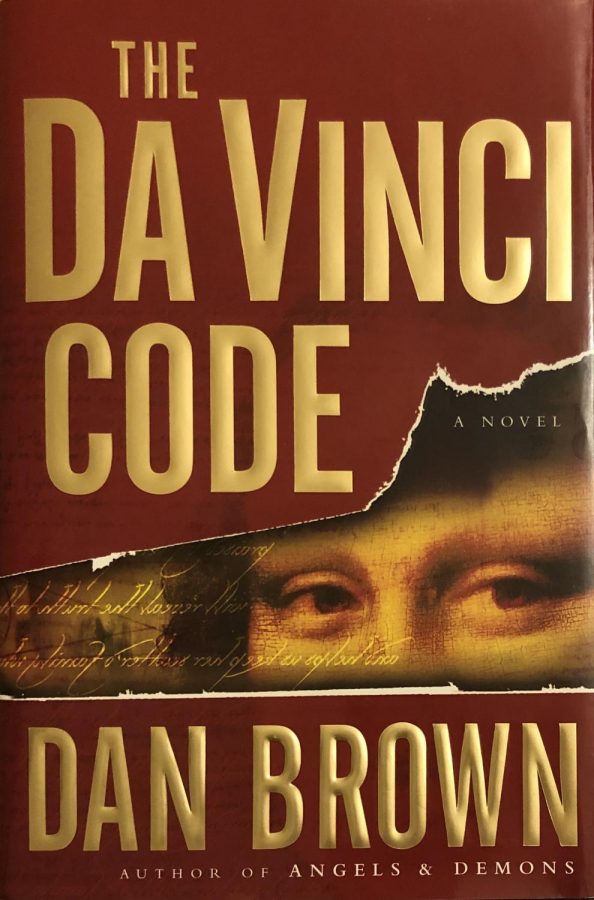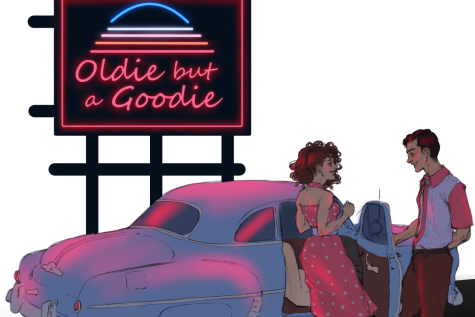“The Da Vinci Code” book review
Sitting on the couch with nothing to do? Before you spend hours binge-watching Netflix, take an adrenaline rush through Europe with Dan Brown’s “The Da Vinci Code.” Recently, I’ve noticed more authors trying too hard to give readers “what they want.” Because of this, many well-written stories quickly change into books with a predictable plot and fake-sounding characters. “The Da Vinci Code” proves that more original, thought-provoking books are better than newer ones that follow this trend. Although it may have been published in 2006, the book still proves its relevance because of how much aspiring young adult authors can learn from it, and because of its depth. It’s been said the most believable lies are founded on truth, and that can extend to stories, too. Although “The Da Vinci Code” is fictional, it incorporates a vast amount of research from the real word into the plot, which adds to the realism of the book. By referencing historical events, locations and art connected to Leonardo Da Vinci himself, Brown not only made it more believable, but enhanced the mystery aspect of the book as well.
The story follows Harvard professor and symbologist Robert Langdon when he becomes a suspect for the murder of Louvre curator Jacques Saunière. Working with Saunière’s granddaughter and cryptologist Sophie Neveu, readers race through the streets of Paris, London and even Edinburgh to solve a series of intricate codes put together by Saunière himself. Brown raises the stakes even higher when the duo realizes they aren’t the only ones solving the clues, which hold the key to a millenniums-old secret. Complete with escapes from the police and frequent high speed car chases, almost anyone who loves action and adventure can appreciate “The Da Vinci Code.” Because the stories people read often influence their writing, I recommend “The Da Vinci Code” to writers, especially those who write in the mystery and thriller genres. For people simply looking for an interesting read, Brown’s story will not disappoint. By melding art and history together, “The Da Vinci Code” keeps readers hooked until the last sentence.
Your donation will support the student journalists of Kirkwood High School. Your contribution will allow us to purchase equipment and cover our annual website hosting costs.

Interests: Photography/editing photos, graphic design, reading, and spending time outdoors.
Favorite musical artist: Shawn Mendes.
Favorite quote:...








